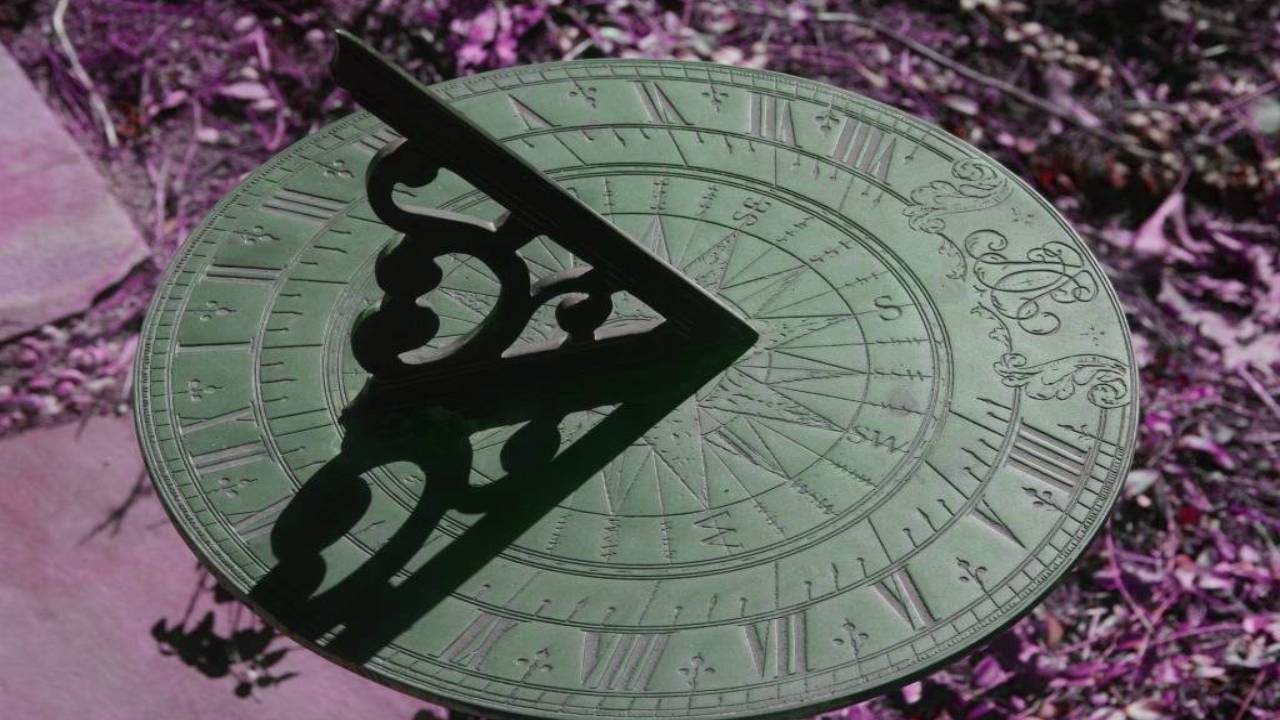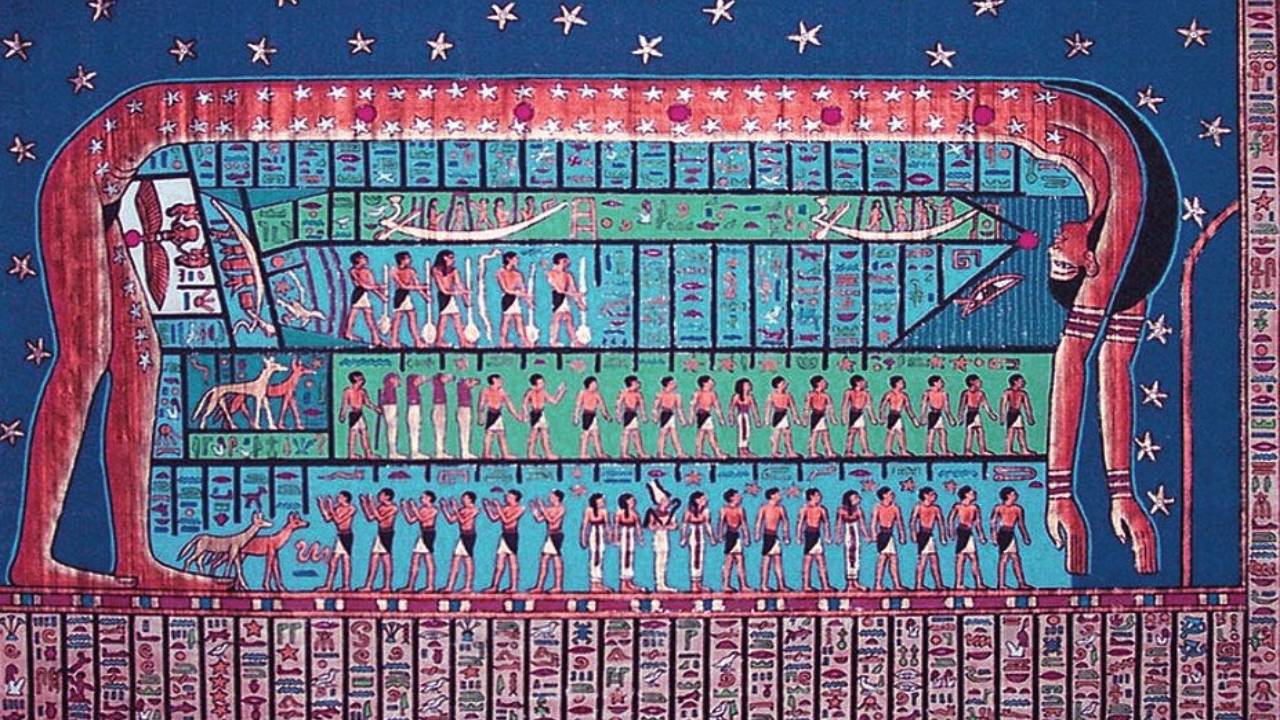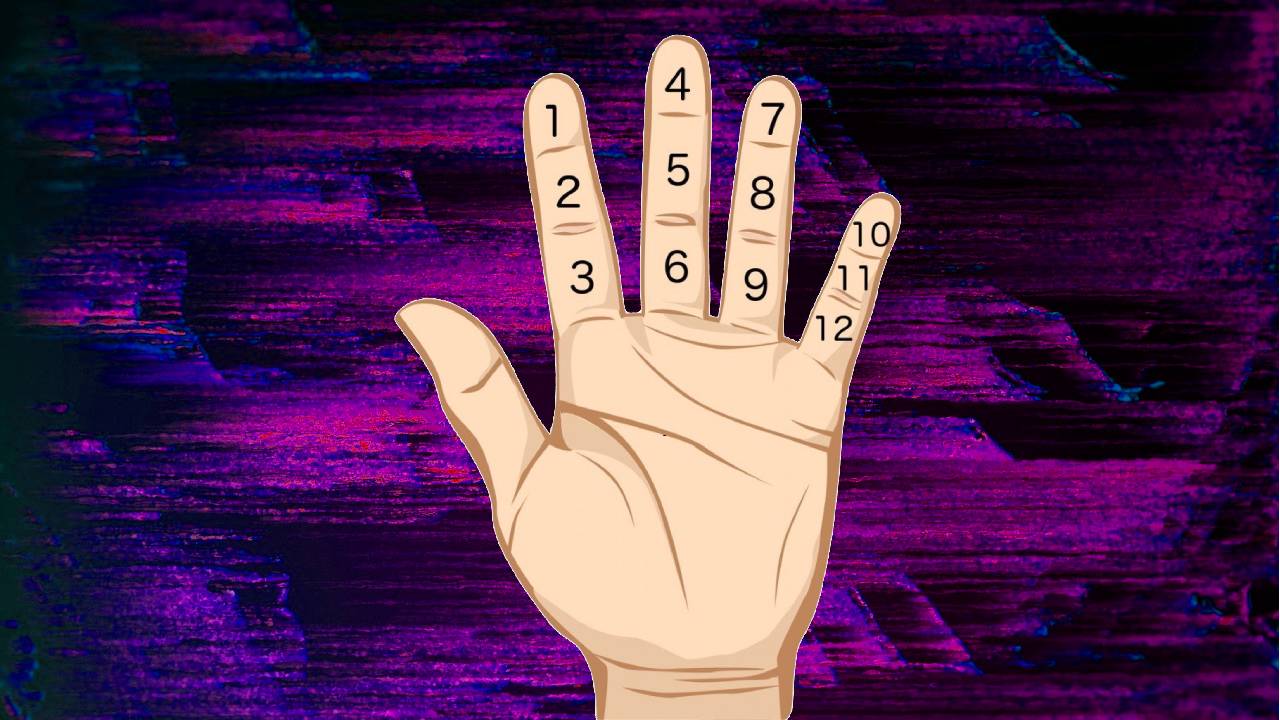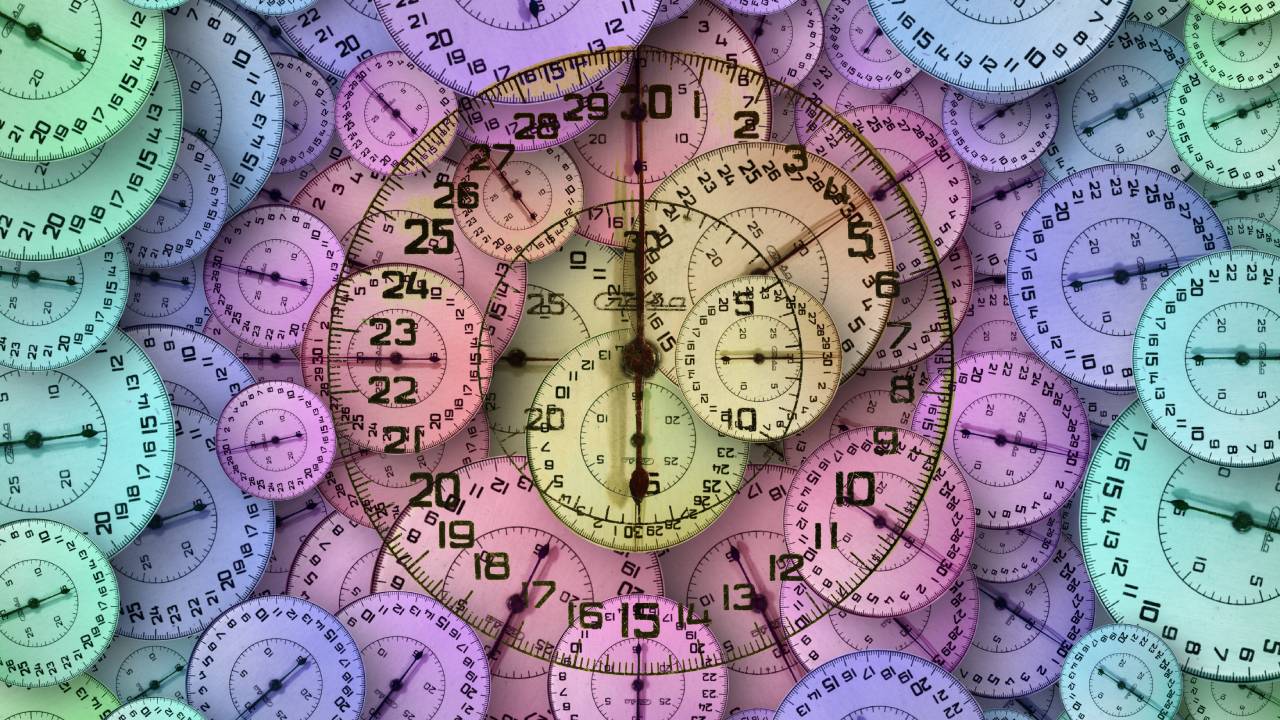24 hours in a day, 60 minutes in an hour, 60 minutes and 60 seconds… But why? How did these units of measurement, such as the hour and the second, that put all our affairs in order and accepted by the whole world, take their current form?
in our childhood trying to learn the hours it could be confusing at times. To follow a day divided into 24 hours, on a round divided into 12; It wasn’t easy trying to learn the minute, the second or even the second.
In fact, time itself is such an issue. We all know what it is, but when it comes to defining it, you need to stop and think. The source of this situation is that the time is considered from many different angles by both philosophers and mathematicians and physicists. a versatile concept let’s say it is. So, why is ‘time’, which one cannot see, hear, smell, taste, and realize only because of the succession of night and day at the beginning, measured as it is now used all over the world?
Let’s start from the beginning; Who is responsible for the 24 hours of the day?
Looking back at who first decided that a day should be 24 hours, all sources points to ancient egypt. It is known that the Egyptians used sundials to measure time in ancient times. It is also thought that the Egyptians were the first civilization to divide a day into small periods of time.
The Egyptians divide the day into 12 hours of day and 12 hours of night. Another formula that explains this in more detail; 10 hours between sunrise and sunset, It is announced as one hour for both twilight periods and 12 hours for nightfall. The place where they follow the time is the sundials, as we said above.
So what about a sundial?

Sundials developed by the Egyptians to measure time are quite simple. In this setup, which consists of a stick erected in the middle of a circle on a flat surface, time is measured with the logic that the shadow of the stick changes with the movement of the Sun. Sundials that were originally just rods and rounds later developed a little more and the stick placed on the floor becomes T-like. This serves to divide the time between sunrise and sunset into 12 parts.
But as you can imagine, there is a problem that sundials face when measuring time; night. Since it is not possible to calculate the night hours with this method, they are also oriented in the sky again, this time. to the stars they turned.
How was time measured with the stars at night?

The Egyptians followed the 36 stars and star clusters in the sky to describe a year as ten days. It was divided into 36 parts.. So for them, measuring time by following the stars was not just about the hours of a day. Of these 36 stars, 18 were used to measure the time between sunset and sunrise.
Three of the 18 stars are used to determine twilight times, while the other 12 starswas guiding the Egyptians when the sky was in complete darkness. The emergence of each of these stars corresponded to an hour. Thus, the night was divided into 12 hours. This system changed in the following years with the use of a 24 star system, 12 of which indicates night. With this development 24 hour day concept it became very clear.
However, although we are talking about a 12-hour night and a 12-hour day, the intervals of these hours was not equal at that time. There were seasonal changes in the intervals of the hours. But then this also improved and minutes and seconds came into play.
Before proceeding to the equal division of hours, the Egyptians Let’s see why you divide the day by 24 with the 12th system. Here, fingers are involved and we come across a scene where the subject is not as deep as we thought.
What does it have to do with fingers?

There are two different opinions as to why the Egyptians used the 12 system to measure day and night by dividing them into smaller parts. One of them is purely mathematical and with too many integer divisors is explained. The other is more interesting.
Other thought is that the Egyptians at that time used knuckles instead of fingers to count numbers, and they used knuckles to count. 4 fingers other than the thumb Since there are 12 joints in total, this system came easy.
Of course, it is not possible to reach a clear conclusion on this issue. However, all sources generally focus on these two possibilities. In other words, dividing the day and night into 12-hour periods and saying 24 hours in a day is what the Egyptians used to say. pertaining to finger counting It may be based on a simple reason.
We understood 24 hours, where did 60 minutes and 60 seconds come from?

Although the Egyptians appeared to be the first civilization to divide the day into parts and measure time, some minor details such as the unequal time intervals mean that their system is not that ‘complete’ when we look at it today. Here too, Ancient Greek astronomers it is entering.
a Greek astronomer, mathematician, and geographer Hipparchus (Also known as Hipparchus of Nicaea, he is known for his observations of the stars and his contributions to geometry and geography.) says the day should be divided into 24 equal parts. During this division, he uses the number system of 60, which he inherited from Sumer at the time of Babylon. An hour is then divided into 60 minutes, which in turn is divided into 60 seconds.
RELATED NEWS
Who Has Thought It To Make 7 Days A Week and 30 Days A Month: What Is A Calendar, How Did It Come About?
Of course, why 60 was chosen here is also a question. If the answer to this Smallest number of 60 with ample divisors such as 1, 2, 3, 4, 5, 6, 10, 12, 15, 20, and 30 to be. Of course, it is not possible to reach a clear idea here, just as there is no definite information about why the 12 number system was chosen.
As a result, the stars of different civilizations, by observing the Sun; The information he brought together by incorporating mathematics, geometry and geography into the work, 24 hour dayreveals the 60 minutes and 60 seconds system.
Source 1, Source 2, Source 3
